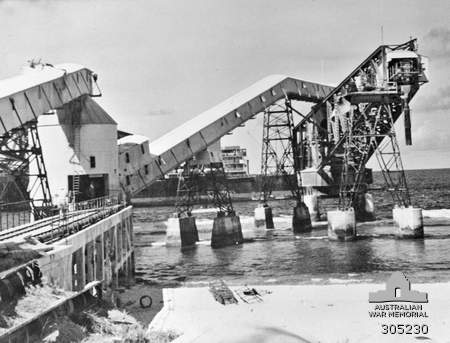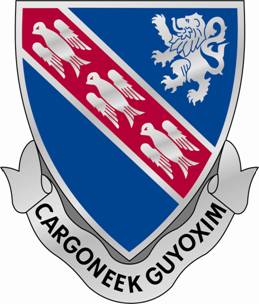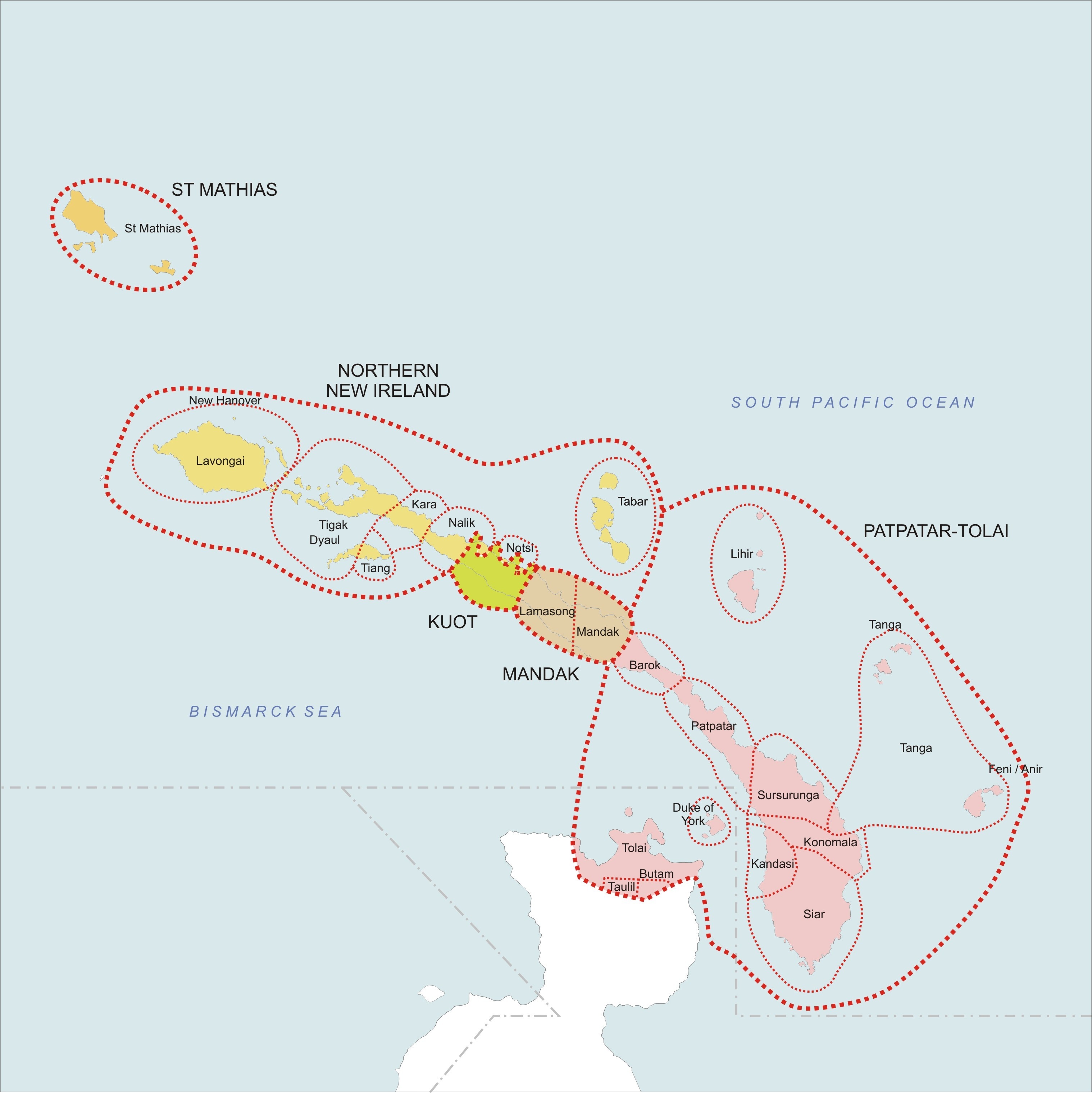|
Emirau
Emirau Island, also called Emira, is an island in the Bismarck Archipelago located at . Emira is part of what on many maps are charted as the St Matthias Islands, also known as the Mussau Islands, a small group to the northwest of the main island group of New Ireland. Early explorers named it Squally Island, a name found in some early records. It is part of New Ireland Province, Papua New Guinea. The local language is a dialect of the Mussau-Emira language. World War II Early in World War II this small island became international news when over 500 prisoners from various ships (including RMS ''Rangitane'') sunk by German surface raiders were released following the first attack on Nauru and subsequently rescued by the Australian authorities. Emirau was seized unopposed by two battalions of the United States 4th Marine Division on 20 March 1944. Base development Naval Base Emirau construction activities were taken in hand by the US Navy Seabees of the 18th Construction R ... [...More Info...] [...Related Items...] OR: [Wikipedia] [Google] [Baidu] |
Landing On Emirau
The Landing on Emirau was the last of the series of operations that made up Operation Cartwheel, General (United States), General Douglas MacArthur's strategy for the encirclement of the major Empire of Japan, Japanese base at Rabaul. A force of nearly 4,000 United States Marine Corps, United States Marines landed on the island of Emirau on 20 March 1944. The island was not occupied by the Japanese and there was no fighting. It was developed into an airbase which formed the final link in the chain of bases surrounding Rabaul. The isolation of Rabaul permitted MacArthur to turn his attention westward and commence his drive along the north coast of New Guinea toward the Philippines. Background Strategy In February 1943, General MacArthur had presented the US Joint Chiefs of Staff with his Elkton Plan for an advance on the Japanese stronghold of Rabaul. In this "scheme of manoeuvre" the penultimate stage was the capture of Kavieng, an important staging post for aircraft moving fr ... [...More Info...] [...Related Items...] OR: [Wikipedia] [Google] [Baidu] |
Emirau Island (Landsat)
Emirau Island, also called Emira, is an island in the Bismarck Archipelago located at . Emira is part of what on many maps are charted as the St Matthias Islands, also known as the Mussau Islands, a small group to the northwest of the main island group of New Ireland. Early explorers named it Squally Island, a name found in some early records. It is part of New Ireland Province, Papua New Guinea. The local language is a dialect of the Mussau-Emira language. World War II Early in World War II this small island became international news when over 500 prisoners from various ships (including RMS ''Rangitane'') sunk by German surface raiders were released following the first attack on Nauru and subsequently rescued by the Australian authorities. Emirau was seized unopposed by two battalions of the United States 4th Marine Division on 20 March 1944. Base development Naval Base Emirau construction activities were taken in hand by the US Navy Seabees of the 18th Construction Reg ... [...More Info...] [...Related Items...] OR: [Wikipedia] [Google] [Baidu] |
Emirau Airport
Emirau Airport is an airfield in Emirau Island, Papua New Guinea. History World War II Emirau was seized unopposed by two Battalions of the 4th Marine Regiment on 20 March 1944. Naval Construction Battalions arrived shortly after the landings and began construction of two coral-surfaced by airfields on the island. Inshore Airfield had 35 double hardstands capable of parking 210 fighter or light-bomber planes, while North Cape Airfield had 42 hardstands with space for parking 84 heavy bombers. Both were fully equipped with towers, lighting, and a dispensary. The aviation tank farm consisted of three tanks and nineteen together with the appropriate filling and distribution points. A reserve of was stored in drums. Emirau was the staging point for attacks on the Japanese strongholds at Rabaul and Kavieng. US Marine Corps units based here included: * VMSB-243 operating SBDs from June–December 1944 * VMB-413 operating PBJs * VMB-433 operating PBJs * VMB-443 operating ... [...More Info...] [...Related Items...] OR: [Wikipedia] [Google] [Baidu] |
German Attacks On Nauru
The German attacks on Nauru during World War II were conducted in December 1940 on the island of Nauru, an Australian-administered League of Nations mandate in the Central Pacific. Nauru was of considerable strategic importance for its phosphate resources. The attacks were conducted by auxiliary cruisers from 6 to 8 December and on 27 December. The raiders sank five Allied merchant ships and inflicted serious damage on Nauru's economically important phosphate-loading facilities. Under the terms of the League of Nations mandate, the island had no fortifications or military facilities and was consequently undefended, with the German forces unimpeded in their operations. The two attacks were the most effective operations conducted by German raiders in the Pacific Ocean in World War II. They disrupted supplies of phosphate to Australia, New Zealand and Japan, which reduced agricultural production in these countries. In response, Allied naval vessels were deployed to protect ... [...More Info...] [...Related Items...] OR: [Wikipedia] [Google] [Baidu] |
Mussau-Emira Language
The Mussau-Emira language is spoken on the islands of Mussau and Emirau in the St Matthias Islands in the Bismarck Archipelago. Phonology Phonemes Consonants Mussau-Emira distinguishes the following consonants. * Fricative sounds may also be heard as voiced stop sounds in word-initial position and when geminated. Vowels Stress In most words the primary stress falls on the penultimate vowel and secondary stresses fall on every second syllable preceding that. This is true of suffixed forms as well, as in ''níma'' 'hand', ''nimá-gi'' 'my hand'; ''níu'' 'coconut', ''niúna'' 'its coconut'. Morphology Pronouns and person markers Free pronouns Subject prefixes Prefixes mark the subjects of each verb: * ''(agi) a-namanama'' 'I'm eating' * ''(io) u-namanama'' 'you're (sing.) eating' * ''(ia) e-namanama'' 'he's/she's eating' Sample vocabulary Numbers # kateva # galua # kotolu # gaata # galima # gaonomo # gaitu # gaoalu # kasio # kasaŋaulu References Further r ... [...More Info...] [...Related Items...] OR: [Wikipedia] [Google] [Baidu] |
MS Rangitane (1929)
MS ''Rangitane'' was a passenger liner owned by the New Zealand Shipping Company. She was one of three sister ships (the other sisters were and ) delivered to the company in 1929 for the All-Red Route between Britain and New Zealand. ''Rangitane'' was built by John Brown & Company and launched on 27 May 1929. The three ships each measured about 16,700 gross register tons, registered length and beam. They could carry nearly 600 passengers in 1st, 2nd and 3rd classes, 200 crew members, and substantial cargo. They had Brown- Sulzer diesel engines with a total output of , turning twin propellers. In wartime, they carried only defensive armament. On her final voyage ''Rangitane'' was armed with a 4.7-inch gun and 40 rounds of ammunition. Sinking On her final voyage, which had been delayed by labour disputes, she carried 14,000 tons of cargo, including foodstuffs and silver bullion, valued at over £2 million at 1940 prices. She carried 111 passengers, including CORB nurses, Po ... [...More Info...] [...Related Items...] OR: [Wikipedia] [Google] [Baidu] |
147th Regiment (United States)
The 147th Regiment (Regional Training Institute) is a training regiment of the Ohio Army National Guard. Previously known as the 147th Infantry Regiment and the 6th Ohio Infantry, it has served in several American wars as a combat infantry unit, but now maintains the Ohio Regional Training Institute (RTI) in Columbus, Ohio. Its regimental motto is ''Cargoneek Guyoxim'', which is a Chippewa language phrase meaning "Always Ready." The lineage of the regiment is carried by the 174th Air Defense Artillery Regiment. History The 147th Regiment (Regional Training Institute), previously known as the 6th Ohio Infantry, served in the Civil War, Pancho Villa Expedition, World War I, and World War II. Civil War The 6th Ohio was organized in southwestern Ohio in the spring of 1861 and was mustered into Federal service on 12 May. Most of its recruits were from Hamilton County and surrounding areas. The Colonel and first commander was William K. Bosley, and Nicholas Longworth Anderson ... [...More Info...] [...Related Items...] OR: [Wikipedia] [Google] [Baidu] |
New Ireland Province
New Ireland Province, formerly New Mecklenburg (), and Nova Hibernia, is the northeasternmost Provinces of Papua New Guinea, province of Papua New Guinea. Physical geography The largest island of the province is New Ireland (island), New Ireland. Also part of the province are numerous smaller islands, including Saint Matthias Group (Mussau Island, Mussau, Emirau Island, Emirau), New Hanover Island, New Hanover, Dyaul Island, Djaul, Tabar Group (Tabar Island, Tabar, Tatau Island, Tatau, Simberi Island, Simberi), Lihir Island, Lihir, Tanga Group (Malendok, Boang) and Feni Islands (Ambitle, Babase) commonly called Anir Islands. The land area of the province is around . The sea area within the Exclusive Economic Zone (EEZ) of New Ireland Province is around . Ecology In the early days of the French Revolution while searching for a lost scientific expedition the vessel La Recherche passed by New Ireland. On board was the prominent botanist Jacques-Julien Houtou de Labillardière who ... [...More Info...] [...Related Items...] OR: [Wikipedia] [Google] [Baidu] |
8th Battalion (Australia)
The 8th Battalion was an infantry battalion of the Australian Army. Initially raised in 1914 for the First Australian Imperial Force during the First World War the battalion was completely recruited from Victoria, Australia, Victoria and formed part of the 2nd Brigade (Australia), 2nd Brigade, Australian 1st Division (World War I), 1st Division. During the war it fought at Gallipoli campaign, Gallipoli and in France and Belgium on the Western Front (World War I), Western Front. It was disbanded in 1919, before being re-raised as a Citizens Military Force, Militia battalion in 1921. During the Second World War the 8th Battalion was used primarily as a garrison unit before taking part in the Bougainville campaign late in the war. It was disbanded again in 1946 during the demobilisation process, although it was reformed again in 1948 when it was amalgamated with the 7th Battalion (Australia), 7th Battalion. Today, its honours and traditions are perpetuated by the 8th/7th Battalion, ... [...More Info...] [...Related Items...] OR: [Wikipedia] [Google] [Baidu] |
Seabee
United States Naval Construction Battalions, better known as the Navy Seabees, form the U.S. Naval Construction Forces (NCF). The Seabee nickname is a heterograph of the initial letters "CB" from the words "Construction Battalion". Depending upon context, "Seabee" can refer to all enlisted personnel in the USN's occupational field 7 (OF-7), all personnel in the Naval Construction Force (NCF), or Construction Battalion. Seabees serve both in and outside the NCF. During World War II they were plankowner, plank-holders of both the Naval Combat Demolition Units and the Underwater Demolition Teams (UDTs). The men in the NCF considered these units to be "Seabee". In addition, Seabees served as elements of Cubs, Lions, Acorns and the United States Marine Corps. They also provided the manpower for the top secret CWS Chemical Warfare Service: Flame Tank Group Seabees, Flame Tank Group. Today the Seabees have many special task assignments starting with Camp David and the Naval Support ... [...More Info...] [...Related Items...] OR: [Wikipedia] [Google] [Baidu] |
St Matthias Islands
The St Matthias Islands (also known as the Mussau islands) are a small archipelago group of islands in the Bismarck Archipelago, in northern Papua New Guinea. They are within New Ireland Province. Geography There are at least 10 islands. The largest and most northerly is Mussau. To the southwest of Mussau are: Eloaua, Emananus, Boliu, Emussau, Ebanalu, Ekaleu, and a few smaller isles. To the east of Mussau are: Emirau, and further east is Tench Island. The islands have been designated as an Endemic Bird Area by Birdlife International BirdLife International is a global partnership of non-governmental organizations that strives to conserve birds and their habitats. BirdLife International's priorities include preventing extinction of bird species, identifying and safeguarding i .... References Archipelagoes of Papua New Guinea Bismarck Archipelago New Ireland Province {{PapuaNewGuinea-island-stub ... [...More Info...] [...Related Items...] OR: [Wikipedia] [Google] [Baidu] |




